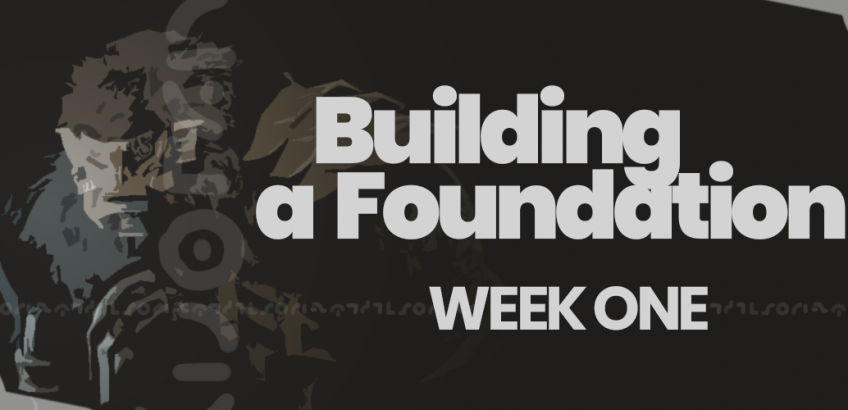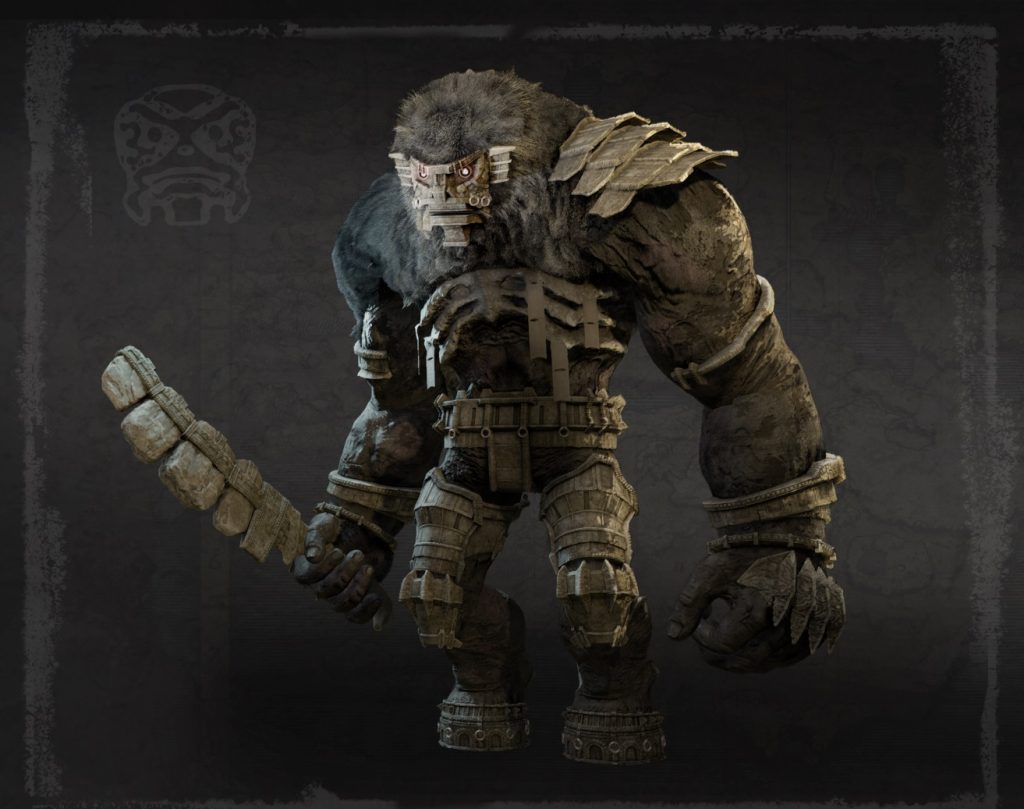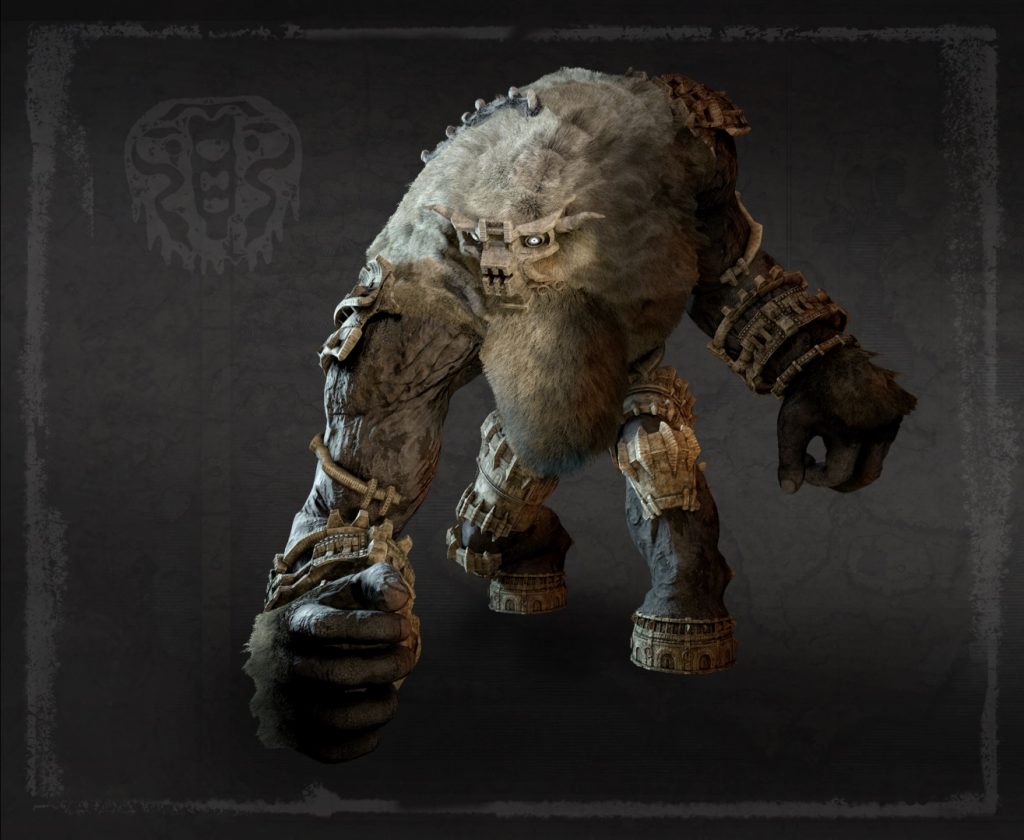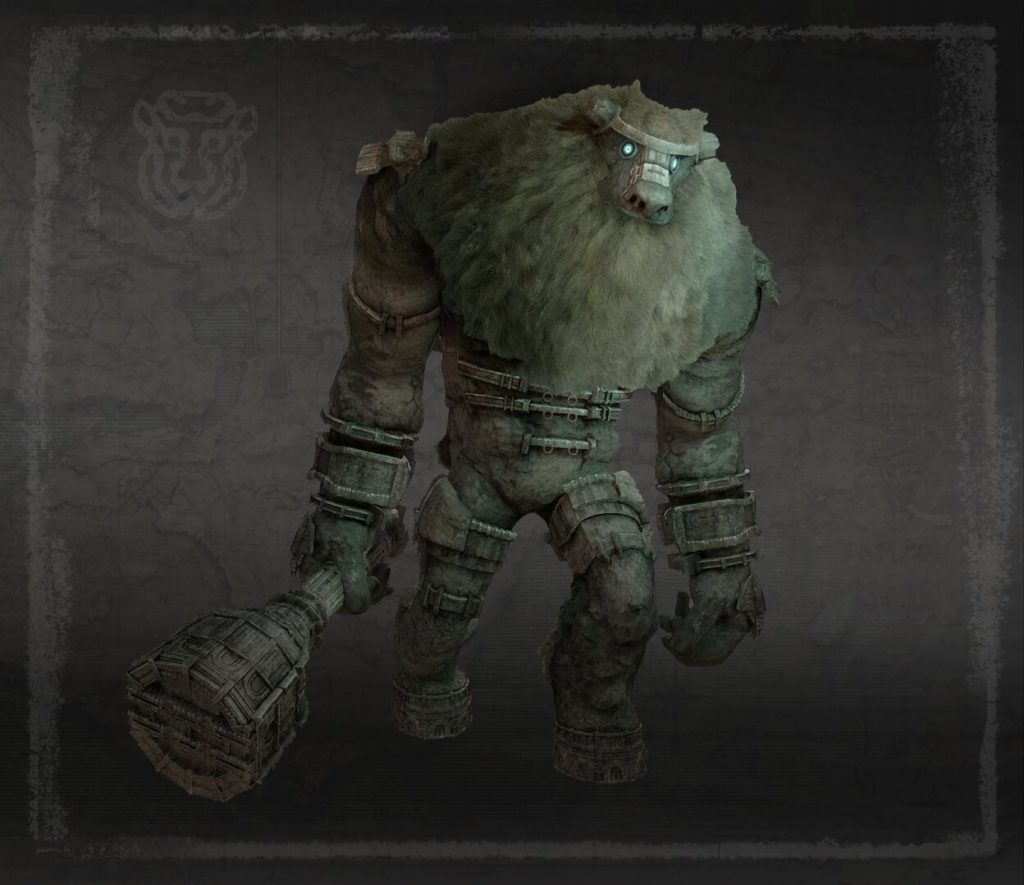
Week 1 – Building a Foundation
Week 1 involved a lot of setup and had us focusing on big questions throughout the course of the week. This was the week we laid most of the foundation for the semester by getting processes in order and solidifying a variety of different choices. We’ve been busy getting our room set up, landing on Valve Index as our hardware platform, and looking forward to the rest of the semester, it was certainly a busy week! And we’ve only just begun!
Speaking of looking to the future, our first creative meeting put a plethora of questions into the ether for us to think about as we go about building prototypes. These questions included:
- How do we want the Player to feel?
- What is our audience?
- How do we go about guiding the Player’s eyes?
- When is something not working?
In traditional media, a common trope for fighting against a giant is for the regular-sized protagonist to use trickery to overcome the gargantuan. Is this a method we want to establish? Or do we want the Player to feel equally as powerful as the large scale enemy (who we call LSE), with confidence that they can take it down? Given the sheer size of the LSE, how much should fear play a role in the experience? These are all questions that will stay on our whiteboard for some time as we use them to remind us what to think about when constructing prototypes.
Speaking of prototypes, we established our first one (conceptually, of course. We’re good but we’re not that good that we can bust out a fully formed prototype week 1). Each of our prototypes will have three aspects that the prototype needs to include in order for us to explore the space well while having parallel variables. Therefore, Prototype 1’s building blocks include:
Player Motion Mechanic = Grappling Hook / Basic Climbing
Method of Defeating LSE = Weak Points
Ensuring Sense of Large Scale = LSE emerging from the ground / ascending the environment
Going a step further, we even mapped out how we can establish some of these modules. For instance, perhaps the terrain can get taller and taller around the Player as they advance through the world. This could slowly bring their eye line upwards before encountering the LSE’s head. When close, the LSE would awaken and rise out of the ground. However, at this point, the Player’s eyes would already be looking upward. Time will tell if this approach will work.
The team also started gathering concepts for the LSE. Looking to another title involving combat against LSEs, Shadow of the Colossus, the team decided that the simple bipedal design could work well for our purposes too. To that end, our resident artist analyzed some of the Colossi and narrowed down which ones we should consider using:
While waiting for some hardware, the team went to work building a Whitebox version of the LSE in the Unreal engine. We also played “The Climb” on Oculus Rift to get us in the mindset of what we will be doing. This title, as well as games like Until You Fall, can act as benchmarks and reference points for us to use as we build these modular prototypes.
We still have so much to work towards and do, and we’ve only just begun! Giant Combat has a lot to experiment with when it comes to giant combat.


